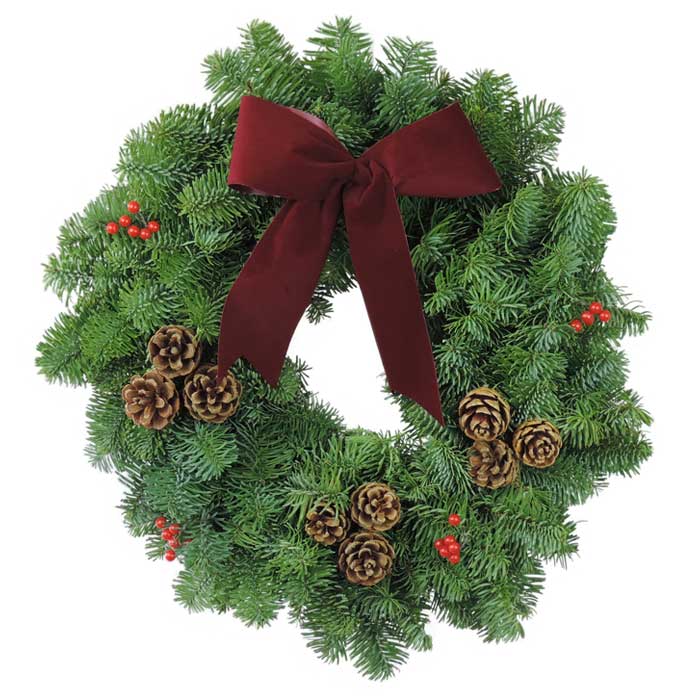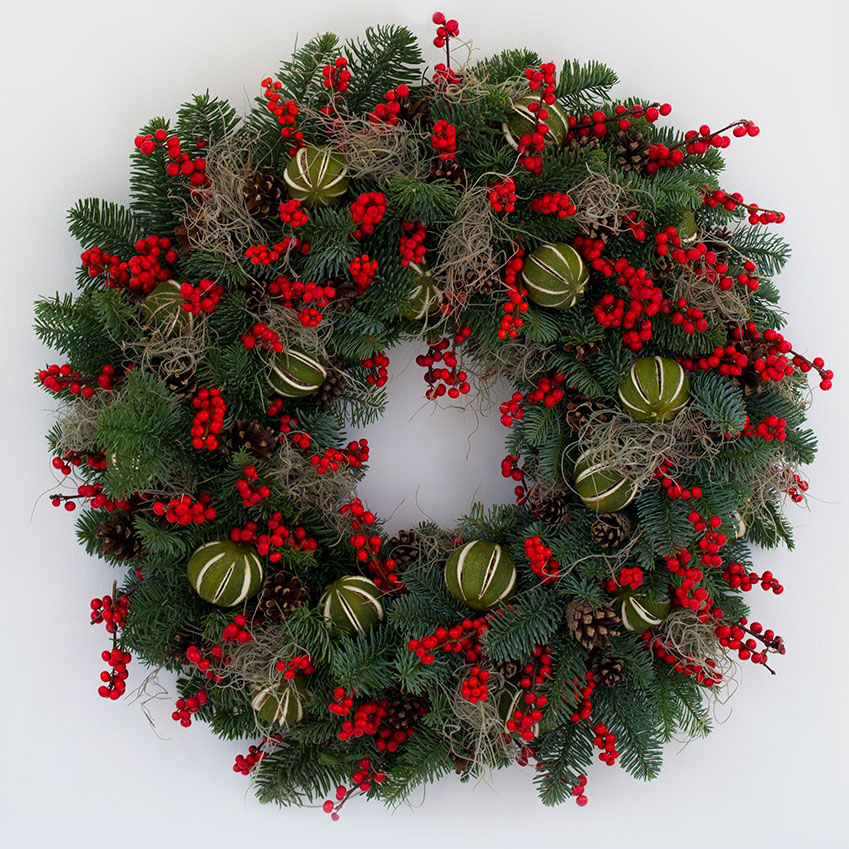The Festive Embrace: A Comprehensive Look At Christmas Wreaths In The UK
The Festive Embrace: A Comprehensive Look at Christmas Wreaths in the UK
Related Articles: The Festive Embrace: A Comprehensive Look at Christmas Wreaths in the UK
Introduction
With great pleasure, we will explore the intriguing topic related to The Festive Embrace: A Comprehensive Look at Christmas Wreaths in the UK. Let’s weave interesting information and offer fresh perspectives to the readers.
Table of Content
The Festive Embrace: A Comprehensive Look at Christmas Wreaths in the UK

The Christmas wreath, a circular symbol of life and eternity, has long held a special place in British homes during the festive season. Beyond its aesthetic appeal, the Christmas wreath embodies tradition, history, and a sense of warmth that resonates deeply within the cultural landscape of the UK. This article delves into the rich tapestry of Christmas wreaths in the UK, exploring their origins, evolution, symbolism, and enduring significance.
Origins and Evolution:
The practice of adorning doorways with evergreen wreaths dates back centuries, with roots deeply intertwined with pagan traditions. Ancient civilizations, including the Celts and Romans, used evergreens as symbols of life and resilience in the face of winter’s harshness. These practices found their way into Christian traditions, with wreaths becoming associated with the cyclical nature of life and the promise of eternal life.
In the UK, the Christmas wreath’s journey began in the Victorian era. The popularity of Christmas celebrations surged during this period, leading to the adoption of various festive traditions, including the use of wreaths adorned with holly, ivy, and other seasonal greenery. This practice, initially confined to the upper classes, gradually spread throughout society, becoming a cherished symbol of the festive season.
Symbolism and Meaning:
The circular shape of the Christmas wreath represents eternity, a timeless symbol of life and continuity. Evergreens, traditionally used in wreaths, symbolize hope and resilience, representing the enduring spirit that persists even in the depths of winter. The use of holly, with its prickly leaves and bright red berries, represents the crown of thorns worn by Jesus Christ and the blood he shed for humanity.
Beyond its religious connotations, the Christmas wreath embodies the spirit of togetherness and celebration. It serves as a welcoming beacon for guests, radiating warmth and festive cheer. The act of crafting or purchasing a wreath often becomes a family tradition, fostering a sense of shared experience and strengthening familial bonds.
Modern Interpretations and Trends:
While traditional Christmas wreaths remain popular, contemporary trends have brought about a diverse array of styles and materials. Natural elements like pine cones, cinnamon sticks, and dried fruits are often incorporated alongside classic evergreen boughs. For those seeking a more modern aesthetic, metallic accents, ribbons, and even artificial materials are incorporated to create unique and personalized wreaths.
The trend of incorporating personalized elements into wreaths is also gaining momentum. Monograms, family names, and even miniature versions of family pets are being incorporated to create truly unique and sentimental pieces.
Crafting and Decorating:
For many, crafting their own Christmas wreath is a cherished tradition. Local markets and garden centers offer a plethora of materials, allowing individuals to personalize their wreaths according to their taste and preferences. From simple and rustic designs to elaborate and intricate creations, the possibilities are endless.
Decorating a Christmas wreath involves carefully selecting and arranging ornaments, ribbons, and other embellishments. The choice of colors, textures, and overall design reflects individual style and the overall theme of the festive decor.
Beyond the Home:
Christmas wreaths are not confined to the domestic sphere. They are commonly used to adorn businesses, public spaces, and even churches, creating a festive ambiance that extends beyond individual homes.
FAQs:
Q: When should I put up my Christmas wreath?
A: Traditionally, Christmas wreaths are put up in the UK on the first Sunday of Advent, which falls four Sundays before Christmas. However, many individuals choose to put up their wreaths earlier, starting as early as the end of November.
Q: What are the best materials to use for a Christmas wreath?
A: Traditional materials include evergreen boughs like fir, pine, and spruce. Other popular options include holly, ivy, cinnamon sticks, dried fruits, and pine cones.
Q: What are some tips for decorating my Christmas wreath?
A: Consider your overall festive decor theme when choosing colors and embellishments. Use a variety of textures and materials to create visual interest. Ensure the wreath is balanced and well-proportioned.
Q: How long can I keep my Christmas wreath up?
A: While most people take their wreaths down after the festive season, there is no strict rule. Some choose to keep them up until Twelfth Night (January 5th), while others leave them up until Candlemas (February 2nd).
Conclusion:
The Christmas wreath, a symbol of hope, resilience, and festive cheer, continues to hold a cherished place in British homes and public spaces. From its ancient origins to its modern interpretations, the Christmas wreath embodies the spirit of the season, reminding us of the enduring power of tradition, family, and the joy of celebrating together. As the festive season approaches, the Christmas wreath serves as a reminder of the warmth and magic that permeates the air, inviting us to embrace the spirit of Christmas and create lasting memories.








Closure
Thus, we hope this article has provided valuable insights into The Festive Embrace: A Comprehensive Look at Christmas Wreaths in the UK. We appreciate your attention to our article. See you in our next article!
Leave a Reply